In this post, we’re going to talk about how you can develop and use a set of “value props” that will help you get more wholesale accounts (or your first wholesale account if you don’t have one yet).
Once you are ready to start trying to get accounts, your “value props” are one of the key things that will help you get the attention of wholesale suppliers – and ultimately their accounts as well.
This post will cover both what value props are and a list of the 10 value props we use the most often in our own supplier outreach.
We’re now buying several hundred thousand dollars worth of wholesale products every month – so these are value props that are actually working to get accounts. If you want a more in-depth look at all aspects of how we run the wholesale side of our business (and how to copy it), check out the High Output Wholesale course.
This post is a follow up to our Intro to Wholesale Guide. If you are new to wholesale and trying to add it as a sourcing strategy, you should read the intro guide first. It covers everything from how to evaluate products to how to make initial contact with a supplier.
Now let’s dive into how to use value props to get more wholesale accounts for Amazon FBA (or wherever else you want to be selling).
Why “Value Props” Will Get You More Wholesale Accounts
Put simply, a “value prop” is some benefit you are offering to the supplier if they chose to work with you as a wholesale partner.
These can and should be used anywhere that you communicate with a supplier, including your website, in your emails, and on telephone calls.

But be aware that when and how you present each value prop makes a big difference in whether or not it will resonate with a potential wholesale supplier.
In other words, you don’t want to develop a list of value propositions and just repeat them over and over. You’ll have the most success when you are able to identify the biggest problems a supplier is dealing with and then focus on the solutions you can offer to those problems.
Another thing to keep in mind is that suppliers don’t even always know what their biggest problems are. If you are able to call attention to these unknown problems and position your business as a strategic solution, you’re even better off. But in these situations, you need to be prepared to walk through detailed examples that clearly define and illustrate the problem.
In general, your value props will help you get more wholesale accounts if they position you as a strategic problem solver that will help the supplier achieve their goals.
What to Offer to Wholesale Suppliers to Get Their Business
Before we dive into specific value props, I’d like to reiterate the point about customizing your pitch to match the needs of each individual supplier.
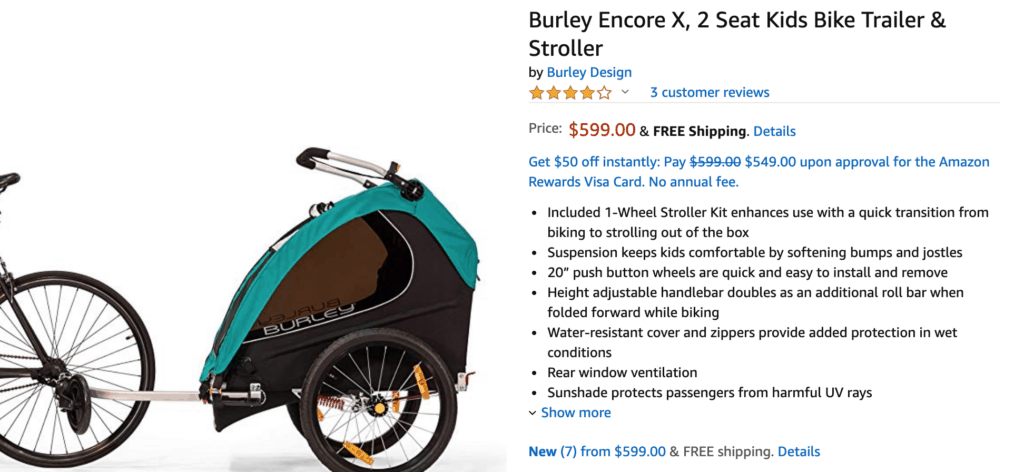
The more you can match what you offer to problems you know the brand is dealing with (while clearly illustrating the existence of the problem in case they aren’t aware), the better your odds of securing the account.
With that in mind, here are the 10 value props we reference the most often (in no particular order):
- Adherence to MAP policies
- Buying and Supporting Product that is Out of Stock
- Running PPC Ads
- Positive Customer Experiences
- Multiple Online Distribution channels
- Reporting and Monitoring of the Suppliers (Brand) Listings
- Receiving All Product Direct – No Drop Shipping
- Have A Brick & Mortar Storefront
- Will Buy Closeouts
- Developing & Maintaining Good Quality Listings
Again – this is not a complete list. There are definitely other things you can include to help distinguish your expertise as a seller specifically on Amazon and on other platforms, but this can give you a base of solid value props to start with when developing your own list.
Keep in mind that you also don’t need to have all of these available or have experience with all of the items above when approaching suppliers. Just make sure that you can back up any of the value props that you mention!
For any value prop that you mention, make sure that this is expertise that you have. For anything that you promise them, you should either know how to do it or know how to get it done. If you don’t know exactly, tell them you will do some research and get back to them with an answer. And this may seem obvious, but make sure you will actually follow through with everything that you say you will do for the supplier.
Now let’s define these items a bit more and walk through how we would describe them as value props to a supplier as we look to build a long term relationship where we have solutions to their brand’s needs.
Adherence to MAP Policies
MAP stands for Minimum Advertised Price.
A MAP policy sets a price that you agree (as a seller) not to sell below (usually via forms during account set up).
The theory is that this protects everyone selling the products to ensure the product is priced as intended and doesn’t lead to undercutting. This helps offline sales as well, and by doing this, brick & mortar retail is more able to compete and maintain their margins. This is often important to the brand as many of those relationships have been in place for many years.
You don’t have to follow MAP, but it’s generally the best move and prevents violations with the brand or supplier you are buying from so you can continue the relationship in the future. The brand or supplier reserves the right to stop selling to you if you don’t abide by their policies.
If you sign a MAP agreement, we highly recommend that you follow it.
Buying and Supporting Product that is Out of Stock
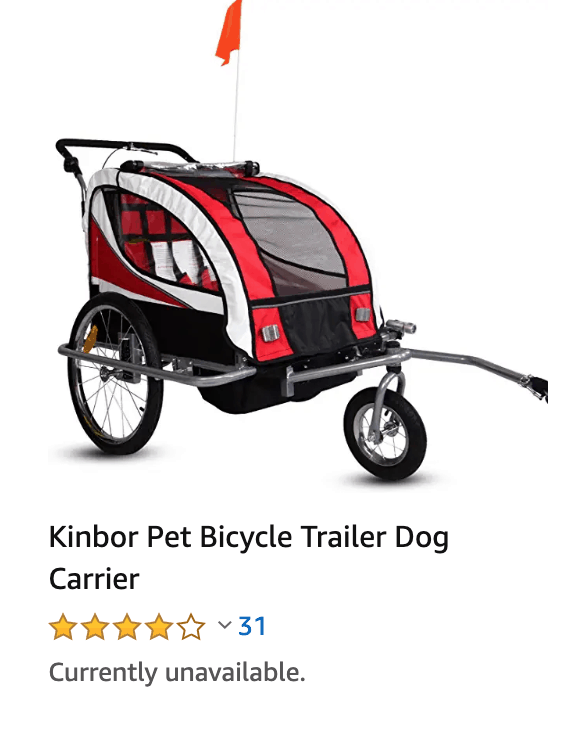
A lot of people will approach suppliers and only show interest in their top-selling products because they want the items that will give them the most profit in the shortest amount of time. But suppliers almost always have a much deeper catalog of products, many of which may not even be in stock.
Buying and supporting product that is out of stock helps grow the brand’s customer base by making sure interested customers have the ability to buy products from your supplier’s brand. As if these products are not in stock on Amazon, the customer may end up purchasing a competing brands product instead.
This can be a very useful value prop because it shows that you’re not looking to just divide the “pie” that already exists, but rather grow sales overall.
One way you can find products that are out of stock on Amazon by looking through search results within a specific category, then clicking the “include out of stock” criteria at the bottom of the filter options.
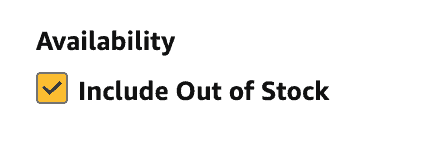
When discussing this with a supplier, you’ll want to point out how it will help them prevent losing customers and keep the sales rank lower by continuing to make sales for a product that otherwise would be out of stock. This impacts organic traffic to the affected listing as it will continue to maintain or increase the overall sales for the affected listing.
This will also help the brand or supplier move through more product and have less excess inventory at the end of a catalog season.
Running PPC Ads

Many suppliers do little to no sponsored product ads, and this often means they are leaving a lot of money on the table.
Running Amazon Sponsored Product Ads will get their products in front of new customers and help them compete for sales from their competitors. It is an extremely strong value prop if they currently aren’t advertising or are advertising poorly.
When you run ads, you target customers for similar products through keywords. These ads will appear in search results and product pages for similar search terms that a customer would enter when looking for a like product.
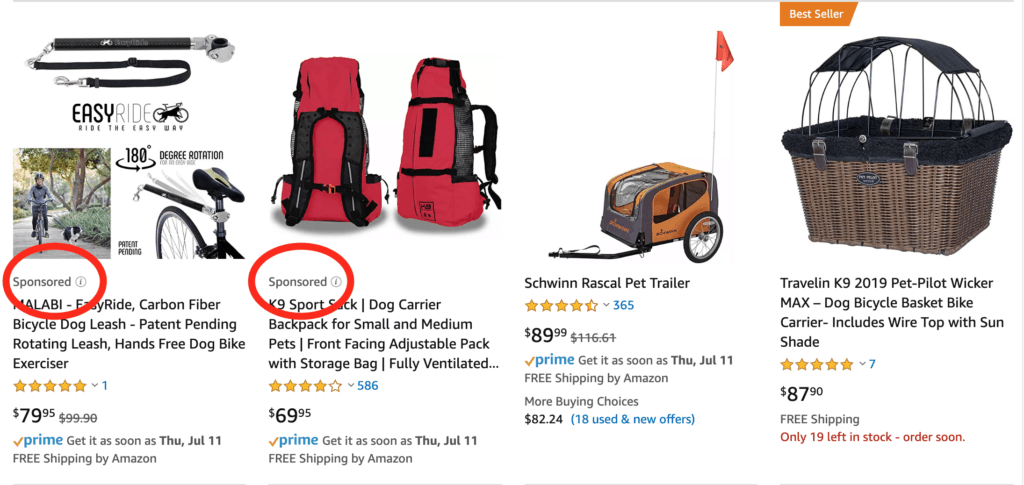
We also mention that we spend our own ad dollars to promote the products we buy, so there is no cost associated with this for the supplier to consider.
This also promotes more organic sales over time and brings new (in many cases) customers to the products. These are purchases that were not likely to occur without ad spend.
If you want to start learning more about advertising on Amazon, I recommend reading this post on Amazon Sponsored Product Ads.
Positive Customer Experience

Providing a positive customer experience – especially when it comes to reviews – is a strong value proposition.
You can explain this in terms of your customer feedback rating on Amazon. Discuss your current percentage of positive reviews as this explains the percentage of satisfied customers with positive experiences buying products from you.
Make sure to mention the number of orders (proving the validity of the rating) that relates to the positive feedback rating to help show your experience across the lifetime of the account where you have been selling.
Make sure to also mention that you are utilizing Amazon FBA so that orders arrive on time with a high standard of accuracy and care. Also, mention this guarantees fast shipping options which helps to provide a great customer experience.
If you can implement a strategy that increases the amount of positive reviews left on the products your suppliers sell, that is even better.
Multiple Online Platforms to Sell On
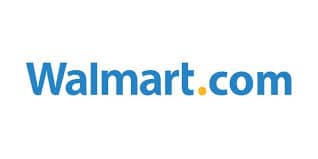
Having your own website is a big bonus, but even if you don’t have one you can leverage your ability to be a complete online retail solution for the supplier or brand by describing all of the available channels you are able to sell the product on (i.e. Amazon, Walmart, Target, Jet, eBay, etc).
Not all brands or suppliers will want to be on every platform, so you’ll want to explain that you can have a customized approach where they have the option to be omitted from some retail channels if they choose.
Reporting and Monitoring of the Suppliers (Brand) Listings
Offering to monitor the supplier’s listings and provide reports on them is a good way to add value and position yourself as an expert.
This involves helping with online strategy including analysis of other sellers that also sell their products. Your reports can cover everything from adherence to MAP pricing to listing quality.
You are essentially offering to monitor their products so they don’t have to. This either helps free up their time if they were already doing this or helps them deal with problems sooner if they didn’t have any system in place previously.
In general, you want this value prop to solidify yourself as an online retail expert – especially on Amazon.
Receiving All Product Direct – No Drop Shipping
By pointing out that you receive all product direct, it helps convey that you are looking for a more formal retail partnership – not just to profit off their products.
Suppliers are usually more willing to work with you if they know you are buying the product upfront and therefore have money on the line.
This also means they will get orders that are larger (in most cases) and more consistent over time. Since many suppliers rely heavily on pre-book orders, this is important because drop shipping sellers will not place pre-book orders since they don’t buy product before it has sold.
Have A Brick & Mortar Storefront
Having a brick & mortar storefront is a huge value add that can help you separate yourself from other sellers and retailers – especially online retailers.
This can be set up as a small store that can grow over time and should be thought of as more of a showroom when you’re getting started.
Will Buy Closeouts (Older Product)
Buying older products shows the supplier that you’re willing to take some of their poor performing product off their hands, and it also shows interest in doing business from many different angles instead of just wanting to sell their top-selling items.
Generally, this leads to more of a “partnership” attitude about doing business together for the long term, and the conversations we’ve had regarding this value prop have resulted in some of our biggest suppliers.
Developing Good Quality Listings
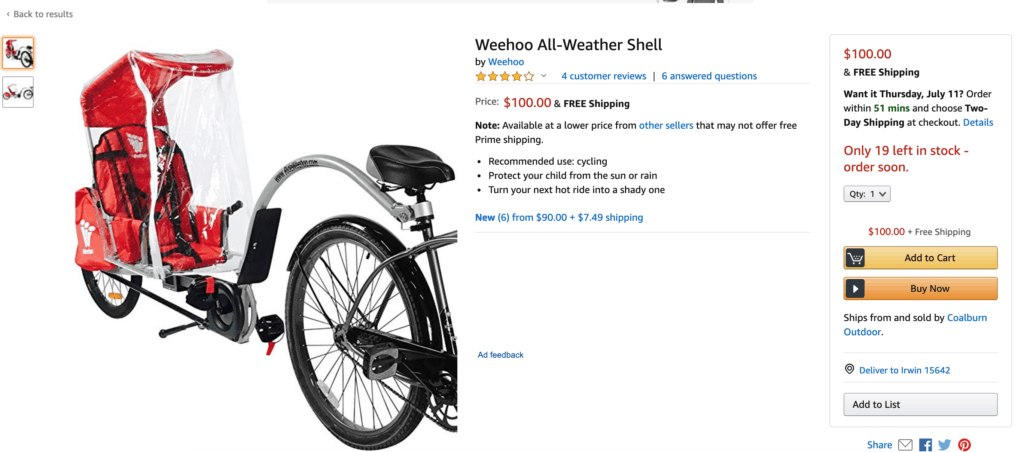
A good listing that does well on Amazon and generates sales consistently generally has the same characteristics no matter the category it’s in:
- A product title that has relevant keywords included.
- A quality product description that outlines the use for the item. This is also full of keywords and will generally have some length to it as well.
- Bullet points filled with keywords. You will want to include the maximum number of bullet points allowed here and in general, this is where you’ll want to discuss the features, value adds and characteristics of your product that help you communicate your value adds to the customer.
- High-quality pictures (minimum of 6). These need to have a white background and they should showcase all sides of the product so the customer can see the entire product.
- Good rating overall with a large number of reviews. A quality listing will have social proof with satisfied customers and this also helps Amazon know that customers have enjoyed the product and they will be more likely to display this product higher in organic search results due to that.
How We Communicate This Information
Let’s establish the various ways we communicate our value props and where we do this:
- Through email when doing initial outreach
- Over the phone when discussing the process of account opening
- In person at trade shows as we discuss many of these items face to face
- At all times on our company value prop website — which explains our services and value ads (this is also included in every email we send in on our email signature)
Ultimately, developing your list of value props will depend on your experience and expertise as a seller. You will grow this list over time and be able to provide additional value ads to your suppliers as you go along.
Be sure to create or add new value props to your communication from the mindset of the supplier and what they value. Remember you are solving their problems (even if they don’t know all of them), and you’ll be able to form a long term relationship that can benefit both parties.
Also – be consistent about discussing your value props, and make sure to explain them to any new leads you may encounter.
How to learn more about wholesale…
If you want to learn more about wholesale – including more about value props and value prop websites, now is a good time to check out the High Output Wholesale course.
As I mentioned above, we’re buying more than $200,000 worth of wholesale products each month and it’s contributing several million dollars worth of sales each year. It is also the fastest growing part of our business, and we consider it a huge opportunity right now.
If you want to read more about how we recommend building up to wholesale if you don’t have any experience yet, you may also want to read this page where we discuss our Stairway to Seven Figures philosophy for building an online retail business.
Any comments questions?
Please let us know in the comments below if you have any specific value props that you have found to be successful or appealing to suppliers when pitching your ability to sell products.
And as always, let us know if you have any questions about the article!

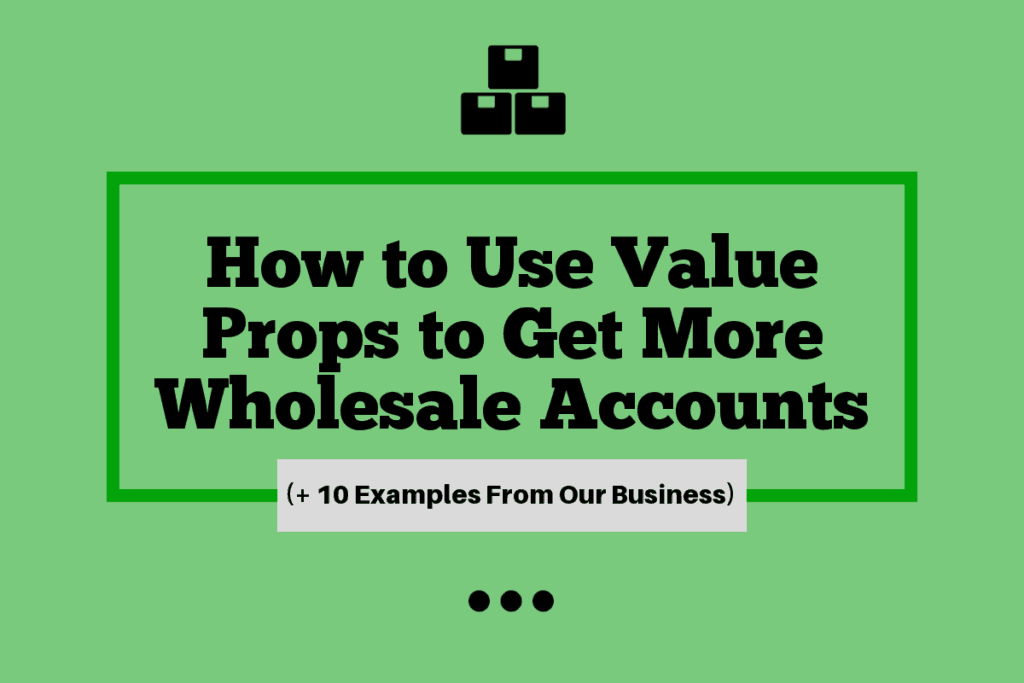
Informative
Glad to hear that!
First, thank you so much for these great tips about adding value to the supplier. For me to understand the context, is it here the final goal to be the only seller on the particular listing? I am asking this because there will be some efforts and money investing involved, like running PPC, and if there are other sellers on the listing of the product the PPC campaign is running for, then these sellers will be in the advantage as they will profit from promoting a product. Thanks!
Hi Vojkan,
If you can get to the point where you are the only seller for a brand that is the most optimal. It’s not required and we have many wholesalers we work with who we are one of a few sellers for, but if you can be the exclusive seller that’s the best outcome.
Best Regards,
Ryan
Wow! Probably one of my favorite blogs so far! You guys are epic! Thank you so much for helping me so much! Huge fan.
Thanks Paul, we appreciate it! 🙂
Best Regards,
Ryan